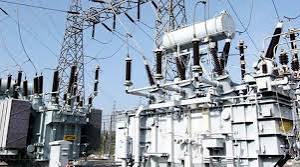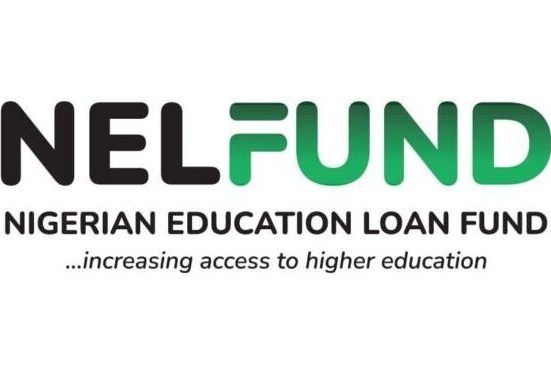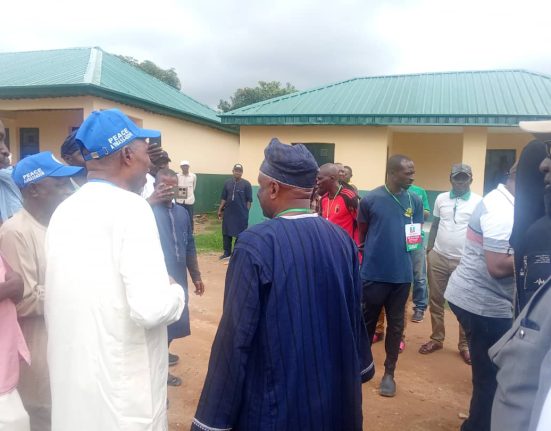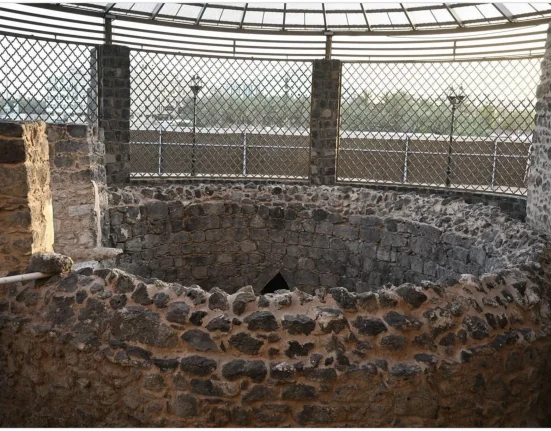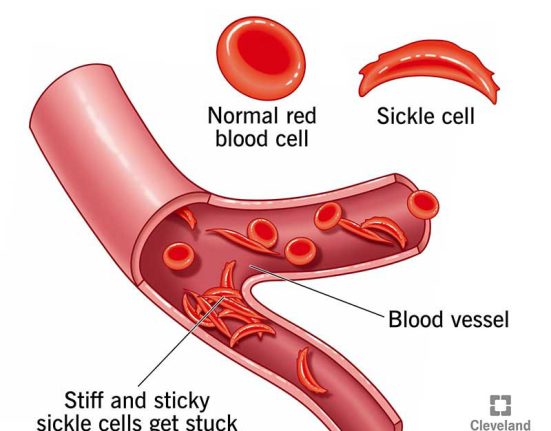The Niger Delta Power Holding Company (NDPHC) has reportedly committed N500 billion to critical power infrastructure, including substations, transformers, and grid upgrades, as part of ongoing efforts to stabilize Nigeria’s electricity supply. While official 2025 budget documents do not explicitly itemize this expenditure, sector analysts link the figure to NDPHC’s National Integrated Power Projects (NIPP), which face mounting liquidity pressures amid a N4 trillion debt owed to Generation Companies (GenCos).
Funding Challenges and Presidential Intervention
NDPHC Managing Director Jennifer Adighije recently sought presidential support to unlock funding for stalled projects, including the 375MW Egbema Power Plant (60% completed) and substation upgrades across the Niger Delta. The company’s liquidity crisis stems from legacy debts, tariff shortfalls, and delayed payments from the Nigerian Bulk Electricity Trading Company (NBET), hampering its ability to execute projects on schedule.
Historical Context and Project Execution
The NIPP, initially funded with $2.5 billion from the Excess Crude Oil Account in 2005, expanded to $7.385 billion by 2007, covering substations, transmission lines, and gas infrastructure. Recent focus areas include deploying transformers to underserved communities and modernizing aging substations to reduce technical losses. However, political disputes and funding gaps have slowed progress, with projects like the Omotosho Phase II and Alaoji Power Plants facing delays.
Legislative and Sectoral Reforms
The Electricity Act 2023 aims to attract private investment through market-reflective tariffs and decentralized grid management. Meanwhile, the House Committee on Power has urged the federal government to prioritize alternative financing models, including public-private partnerships (PPPs), to address NDPHC’s liquidity constraints.
Transparency Concerns and Recommendations
Industry stakeholders demand greater transparency in NDPHC’s spending, particularly regarding the N500 billion allocation, which lacks detailed public documentation. Recommendations include:
Audited Financial Disclosures: Publish quarterly expenditure reports on substation and transformer deployments.
Debt Resolution: Fast-track payment of GenCos’ N4 trillion debt to improve sector liquidity.
Public-Private Collaboration: Leverage the Electricity Act to attract investors for grid modernization.
Conclusion
While the NDPHC’s N500 billion expenditure claim requires verification through audited reports or federal appropriation records, its role in Nigeria’s power sector remains pivotal. Addressing liquidity challenges and improving project transparency will determine the success of grid modernization efforts under the 2025 agenda.
(Note: Specific details of N500 billion allocation to substations/transformers are not explicitly outlined in current NDPHC disclosures or federal budget documents. Figures may represent cumulative project costs or sector-wide estimates.)123
Footnotes
NDPHC’s N4 Trillion Debt Crisis ↩
2025 Budget Cuts and Infrastructure ↩
NIPP Funding History ↩

